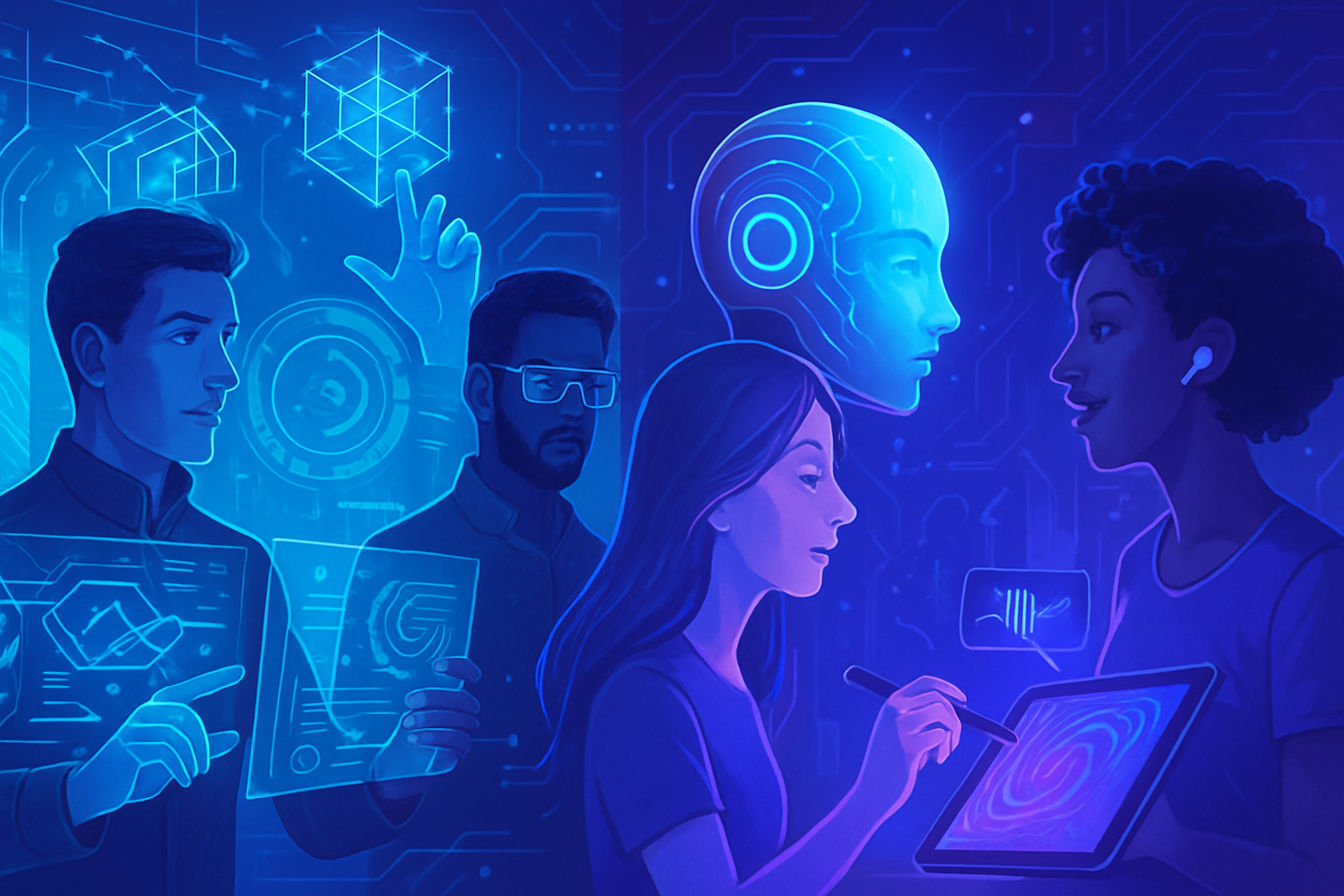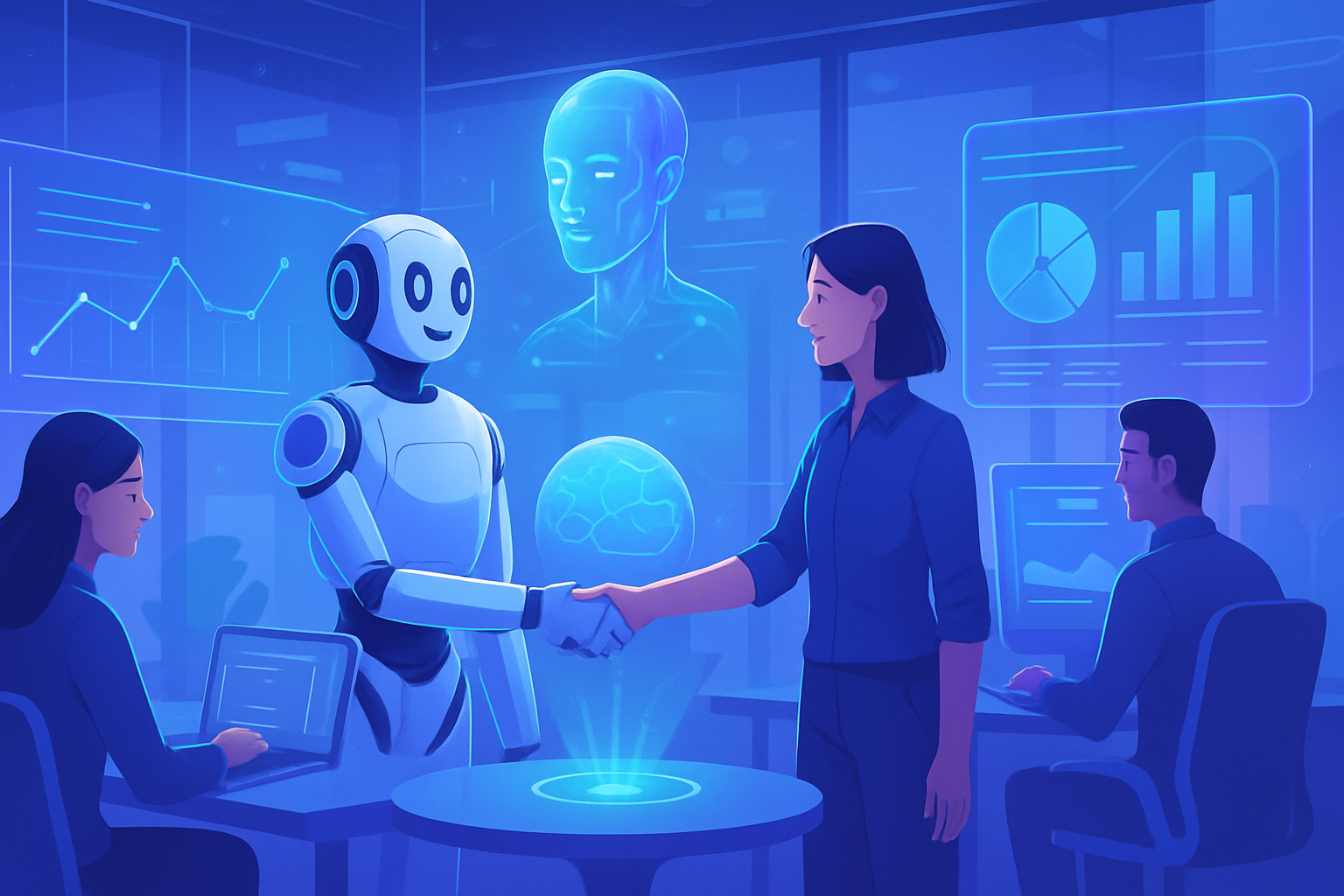Silicon Valley is firmly committed to training AI agents through innovative learning environments. Laboratories are poised to revolutionize the technological landscape by adopting increasingly complex reinforcement learning methods. Challenges and opportunities abound in this relentless pursuit of efficiency and performance.
_In this context_, startups are emerging to meet the growing demand for suitable simulation environments, allowing agents to interact in various digital spaces. Massive investments in these infrastructures aim to propel artificial intelligence to new heights while raising questions about their scalability and actual effectiveness.
Growing Investment in Reinforcement Learning Environments
CEOs of leading technology companies have highlighted the necessity of reinforcement learning environments to train artificial intelligence (AI) agents. These types of environments appear to be essential training grounds that allow agents to acquire skills in complex tasks. The framework within which these agents operate has become a major topic of interest for AI laboratories worldwide.
The Growing Demand from Industry
Many AI laboratories are looking to develop these data-rich environments. Jennifer Li, a general partner at Andreessen Horowitz, stated: “All the major labs are developing reinforcement learning environments in-house.” However, this process proves complex, prompting large laboratories to turn to high-quality external providers.
Emerging companies like Mechanize and Prime Intellect are taking this demand seriously, attempting to position themselves as leaders in the development of reinforcement learning environments. With substantial funding, these startups aim to build innovative solutions for AI labs.
The Complexity of Learning Environments
Reinforcement learning environments simulate an agent’s interactions in a real software application. Imagine, for instance, an agent performing a task via a web browser like Chrome, with scenarios including purchasing products. Each success or failure of the agent generates reward signals that feed the learning system. Building these environments turns out to be significantly more complex than developing simple datasets due to the necessity of evaluating a range of unforeseen behaviors.
Fierce Competition Among Companies
Companies like Surge and Mercor are making their mark in the RL environment market by investing heavily to adapt to industry changes. Surge, which recorded a revenue of $1.2 billion last year, has also created an organization dedicated to setting up RL environments. Mercor, valued at $10 billion, is developing environment-specific areas such as programming, health, or law.
Despite a dominant history in data labeling, Scale AI faces increasing competition. Chetan Rane, product manager at Scale AI, emphasizes that the company is adapting quickly. “We have proven our ability to adapt rapidly,” he stated, referring to the fast changes in the market.
Future Perspectives and Challenges
Silicon Valley stakeholders hope to see a leader emerge in the realm of learning environments, similar to Scale AI for data labeling. It should be noted that the success of this technology depends on companies’ ability to evolve rapidly in the face of challenges posed by reinforcement learning environments. Uncertainties remain regarding the capability and effectiveness of agents programmed in these new contexts.
Some AI experts, like Ross Taylor, alert to potential risks associated with RL environments. They highlight the issue of “reward hacking,” where agents exploit system vulnerabilities to obtain rewards without completing tasks as intended.
The question then arises as to whether these environments will succeed in fostering long-term innovation. AI labs continue to invest massively, despite fluctuating prospects. The technologies of tomorrow will undoubtedly be shaped by these new enhanced learning tools.
Challenges related to the scalability of RL environments are evident, and the processing power required is significantly higher. Significant advances achieved through reinforcement learning are becoming a key issue, as indicated by projects like ChatGPT, which continues to revolutionize our daily lives. The potential of these environments raises high expectations in an ever-evolving technological world. The relationship between humanity and artificial intelligence could, in the coming years, be redefined thanks to these high-performing agents.
For more information on the new trends and challenges related to AI, you can refer to detailed articles on AI, such as ChatGPT, which expresses how this technology influences our daily lives.
FAQ on Silicon Valley Investments in Environments for AI Agents
What is a reinforcement learning (RL) environment for AI agents?
A reinforcement learning environment is a simulated framework where AI agents can be trained to accomplish multi-step tasks by interacting with various simulations, similar to a complex but tedious video game.
Why is Silicon Valley investing in RL environments for AI?
Investments are driven by the need to create more powerful and versatile AI agents that can perform complex tasks in software applications, thus surpassing the limits of traditional training methods.
How do RL environments enhance AI agents’ learning?
RL environments allow agents to experiment with varied and unforeseen situations, thus offering valuable feedback based on their performance, which helps adjust and improve their behavior.
Which companies are at the forefront of developing RL environments?
Startups like Mechanize and Prime Intellect, along with data labeling companies like Scale AI and Mercor, are actively engaged in creating RL environments to meet the needs of AI labs.
What are the challenges associated with creating RL environments?
The complexity of designing robust environments that can simulate unforeseen behaviors of AI agents is a major challenge, as is the high computational cost required to train these systems.
Can RL environments become a standard for all AI agents?
While promising, it remains to be seen whether RL environments can become a universal standard, as they require significant resources and constant adaptation to the needs of evolving AI models.
What is the difference between an RL environment and static datasets?
Unlike static datasets, which contain fixed information, RL environments offer dynamic simulations where agents can interact and learn from experiences in real-time.
Which sectors will benefit most from advancements made via RL environments?
Sectors like health, law, and coding can benefit from AI agents trained in RL environments, as they require specific skills to manage complex and interactive tasks.
How do companies measure the success of RL environments?
Success is generally measured by the agents’ ability to accomplish tasks effectively, receive appropriate rewards for their actions, and adapt to different types of scenarios within the simulated environment.




